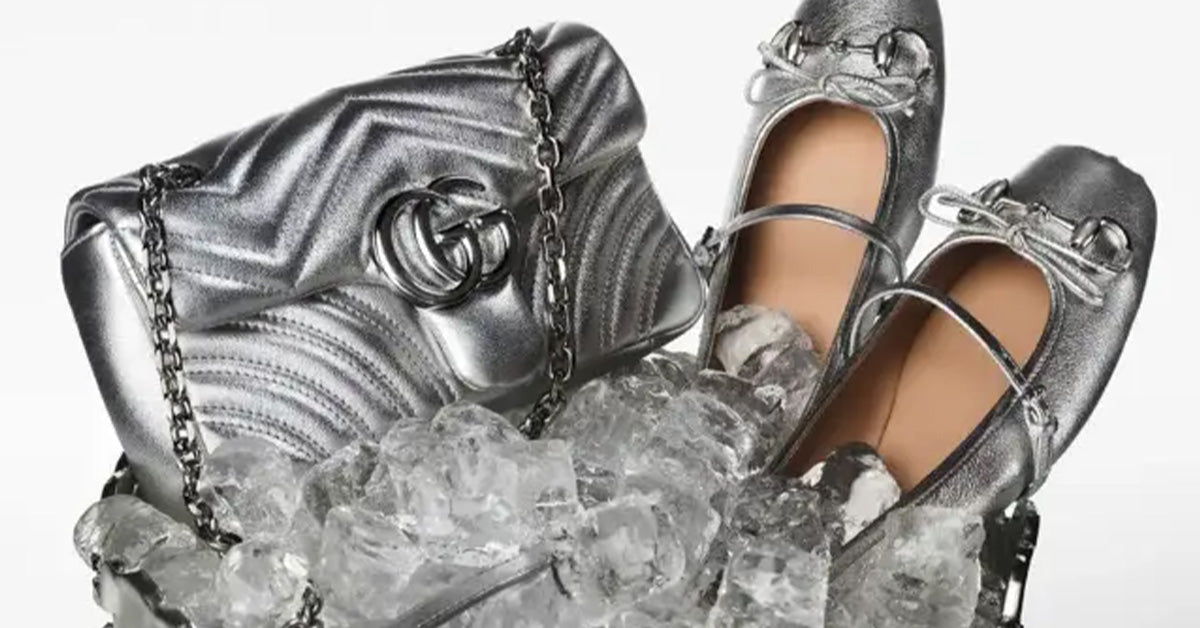In the world of fashion and garment construction, there are countless elements that come together to create the perfect piece of clothing. One of these often overlooked but essential components is lining. Whether you’re shopping for a tailored blazer, a winter coat, or even a dress, understanding what lining is and why it matters can help you make better-informed fashion choices.
In this article, we’ll delve deeply into what lining means in the context of fashion, why it is significant, the types of linings used, and how it can elevate both the functionality and aesthetic appeal of your wardrobe.
What is Lining in Fashion?
At its core, lining refers to the inner layer of fabric that is sewn into garments, accessories, or even footwear. This layer is separate from the outer fabric and is typically made from a lightweight, smooth material. The lining serves multiple purposes, from improving the garment's structure to enhancing comfort and durability.
Unlike the outer fabric, which is often chosen for style, texture, or functionality, the lining is usually hidden from view. However, it plays a critical role in how a garment looks, feels, and performs once you wear it.
Why is Lining Important?
The inclusion of lining in a garment is much more than a design choice. It fulfills several practical and aesthetic purposes that contribute to the overall quality of a piece:
- Comfort: Linings often use smooth fabrics like silk, polyester, or satin, which feel soft against the skin and reduce friction between the garment and the body.
- Durability: Linings act as a protective layer, reducing wear and tear on the outer fabric caused by constant movement or exposure to sweat and oils.
- Structure: In tailored pieces like suits or coats, linings provide additional support, helping the garment maintain its shape over time.
- Ease of Wear: A lined garment is easier to put on and take off, especially for items like jackets and blazers.
- Visual Appeal: Linings can add a touch of luxury or surprise with contrasting colors, patterns, or even logos, creating a polished and high-end look.
Common Types of Lining Fabrics
Not all linings are created equal. The type of fabric used for the lining depends on the garment’s purpose, season, and price point. Here are some common lining fabrics and their characteristics:
- Silk: A luxurious choice, silk lining is smooth, breathable, and lightweight, often used in high-end garments.
- Polyester: Durable and affordable, polyester linings are commonly found in mass-produced clothing. They are easy to care for but less breathable compared to natural fabrics.
- Cotton: Known for its breathability and softness, cotton lining is ideal for summer garments or casual wear.
- Acetate: Often used in formal wear, acetate offers a smooth and silky feel at a lower cost than silk.
- Viscose: A semi-synthetic option that feels smooth and breathable, making it a versatile choice for many types of garments.
- Fleece: Used in winter coats and jackets, fleece linings provide warmth and insulation.
How Lining Impacts Garment Design
While linings are often hidden, their influence on garment design cannot be overstated. Designers use lining not only to improve functionality but also as a stylistic element. For example:
- Brightly colored or patterned linings add a playful surprise to otherwise simple outerwear.
- Logo-printed linings are a hallmark of luxury brands, adding a discreet touch of branding.
- Quilted linings provide not just comfort but also a unique texture that can be felt when worn.
In addition, the choice of lining can affect the drape and fit of a garment. For instance, a stiff lining can give structure to a blazer, while a soft and flowy lining complements the movement of a dress.
How to Care for Lined Garments
Caring for lined garments requires special attention, as improper cleaning can damage both the outer fabric and the lining. Here are some tips to ensure your lined clothing lasts:
- Always check the care label for specific cleaning instructions.
- If the lining is made of a delicate fabric like silk or acetate, avoid machine washing and opt for dry cleaning instead.
- For garments with removable linings, separate the lining and wash it based on its fabric type.
- Use a garment steamer to remove wrinkles, as ironing directly on the lining can cause damage.
Conclusion
While often hidden from view, lining is an essential element in garment construction that enhances comfort, durability, and overall aesthetic appeal. Whether it’s a luxurious silk lining in a designer coat or a practical polyester lining in a budget-friendly blazer, understanding this fashion term can help you appreciate the craftsmanship behind your wardrobe and make more informed purchasing decisions. So the next time you try on a jacket or dress, take a moment to examine the lining – it’s the unsung hero of your clothing!
FAQs About Lining
- Q: What is the purpose of lining in a garment? A: Lining improves comfort, durability, structure, and ease of wear while also enhancing the garment's visual appeal.
- Q: What fabrics are commonly used for lining? A: Common lining fabrics include silk, polyester, cotton, acetate, viscose, and fleece, each chosen based on the garment's purpose and season.
- Q: Can lining be removed or replaced? A: Yes, linings can often be removed or replaced by a skilled tailor, especially if they are damaged or you want to customize your garment.
- Q: How do I clean a lined garment? A: Always check the care label. Delicate linings like silk often require dry cleaning, while more durable linings like polyester may allow for machine washing.
- Q: What is the difference between interlining and lining? A: Lining is the inner fabric layer of a garment, while interlining is a hidden layer added for insulation or structure, sandwiched between the outer fabric and lining.










